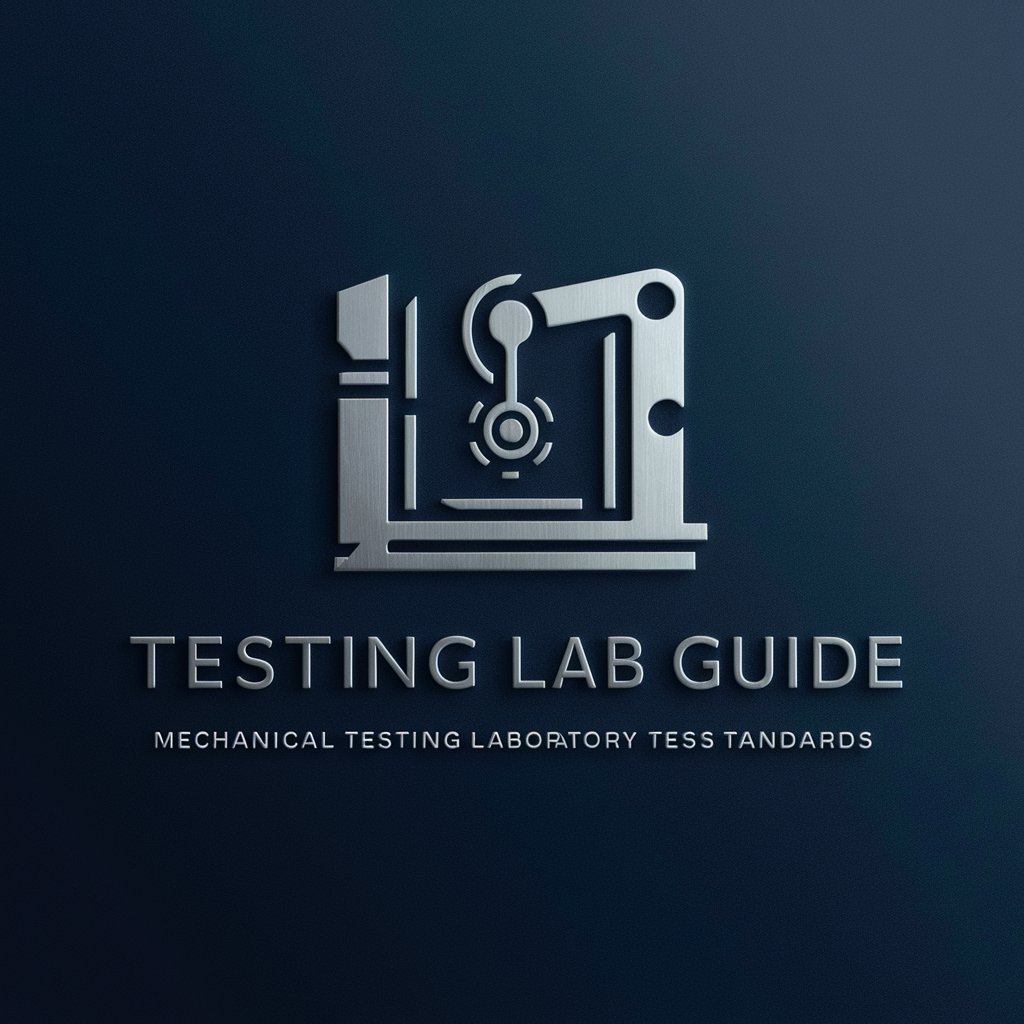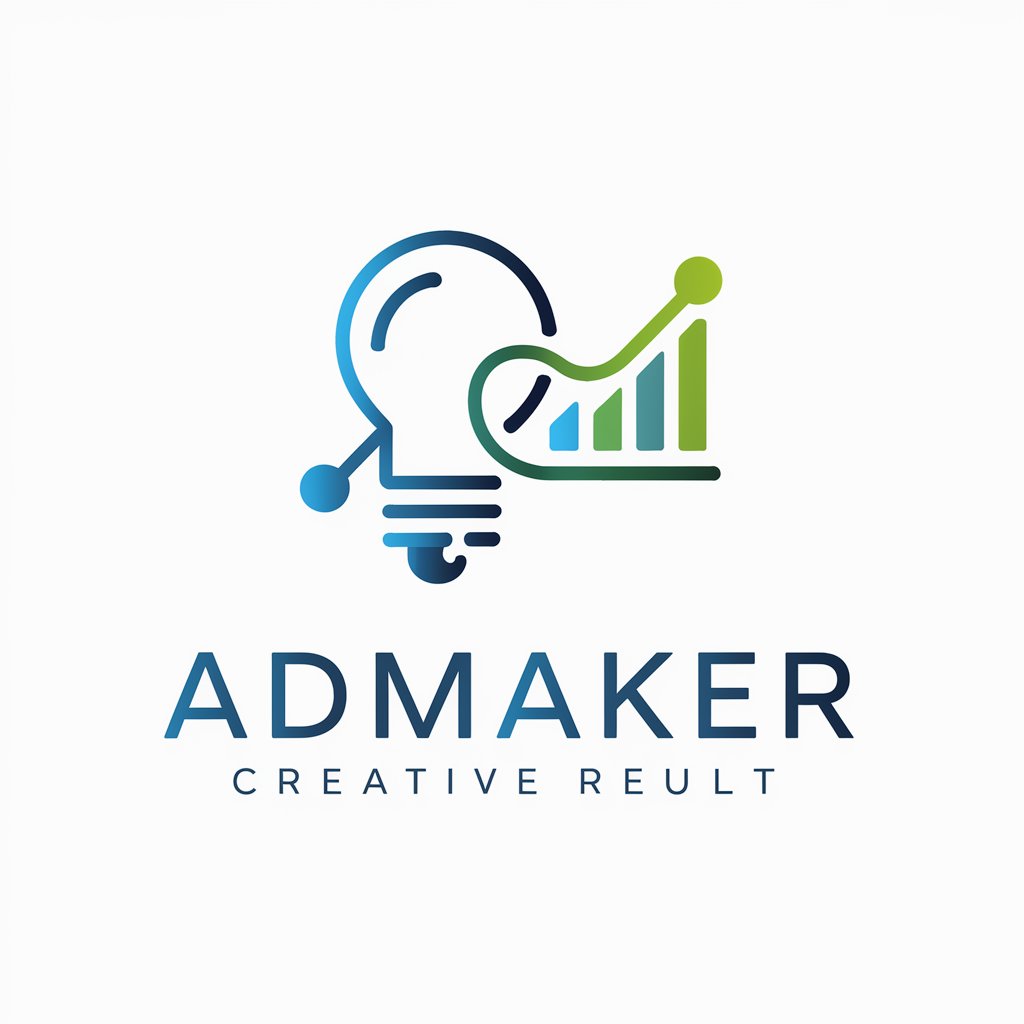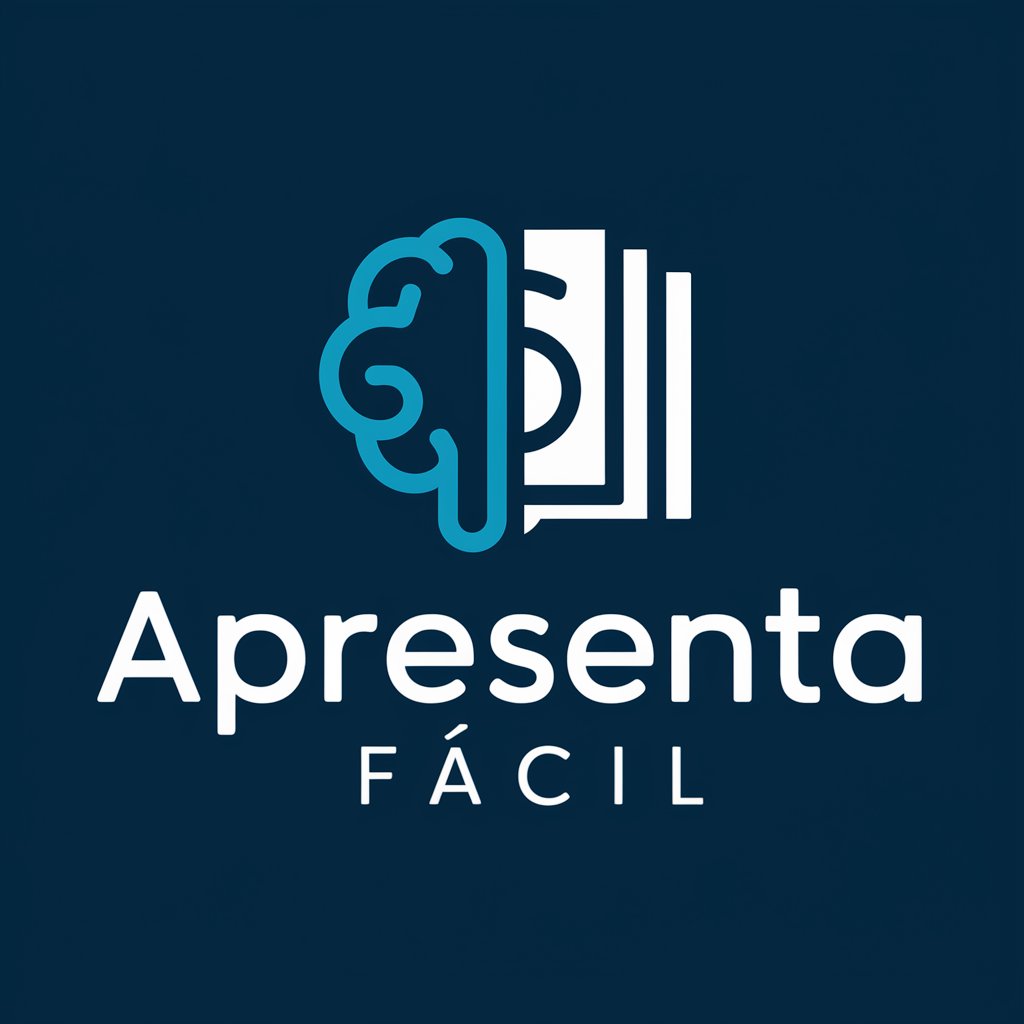Testing Lab Guide (ISO 17025) - ISO 17025 lab management guide

Welcome to the Testing Lab Guide for ISO 17025 standards.
AI-powered guide for ISO 17025 labs.
How can I improve the documentation process in my lab?
What are the key components of an ISO 17025 compliant quality management system?
Can you provide guidance on quality control procedures for mechanical testing?
What are the best practices for managing laboratory records and data?
Get Embed Code
Overview of Testing Lab Guide (ISO 17025)
The Testing Lab Guide (ISO 17025) is designed to assist mechanical testing laboratories in achieving and maintaining compliance with the ISO 17025 standard, which pertains to the general requirements for the competence of testing and calibration laboratories. This guide focuses on providing structured advice on laboratory management, quality assurance processes, and proper documentation practices. An example scenario where this guide is instrumental is in the setup of a new materials testing facility, ensuring that all processes from equipment calibration, staff training, to result reporting are aligned with ISO 17025 standards. Powered by ChatGPT-4o。

Core Functions of Testing Lab Guide (ISO 17025)
Quality Management System Development
Example
Guiding the creation of quality manuals, control procedures, and audit plans.
Scenario
A lab seeking accreditation needs to establish a comprehensive quality management system. The guide provides templates and best practices for developing documentation that meets ISO 17025's requirements.
Staff Training and Competency Assessment
Example
Offering frameworks for training programs and competency evaluations.
Scenario
A newly established lab requires a systematic approach to training its technicians. The guide helps in designing training schedules and assessments to ensure that all personnel are competent as per the standards.
Equipment Calibration and Maintenance
Example
Detailing procedures for regular calibration and maintenance of testing instruments.
Scenario
In an operational lab, maintaining the accuracy of testing equipment is crucial. The guide advises on setting up routines and logs for equipment calibration and maintenance, critical for obtaining reliable test results and maintaining ISO 17025 accreditation.
Internal Audit and Continual Improvement
Example
Advising on conducting internal audits and implementing corrective actions.
Scenario
To ensure ongoing compliance and improvement, a lab must periodically audit its processes. The guide provides methodologies for effective auditing and tips for identifying areas for improvement, essential for sustaining accreditation.
Documentation and Record Keeping
Example
Guidelines on the proper documentation and secure storage of lab records.
Scenario
Accurate documentation is vital for defending the integrity of lab results, especially during audits. The guide offers strategies on maintaining records that comply with ISO 17025 standards.
Target User Groups for Testing Lab Guide (ISO 17025)
Mechanical Testing Laboratories
Labs performing mechanical property tests benefit from this guide by ensuring that their operations and outputs meet the stringent criteria set by ISO 17025, thus enhancing their credibility and marketability.
Quality Managers and Lab Technicians
Individuals responsible for the quality control and operational efficiency of labs use the guide to stay updated on best practices and ensure compliance with international standards.
Academic and Research Institutions
Educational and research-based laboratories utilize this guide to align their procedures with professional standards, thereby boosting the validity of their experimental research.
Regulatory Bodies and Accreditation Authorities
These entities refer to the guide to understand the operational benchmarks that labs should meet for accreditation, aiding in the evaluation and certification processes.

Guidelines for Using the Testing Lab Guide (ISO 17025)
1
Visit yeschat.ai for a free trial without login, also no need for ChatGPT Plus.
2
Familiarize yourself with the tool's features, ensuring they align with your laboratory's specific needs in mechanical testing.
3
Identify your lab's specific quality management requirements and ensure that they are consistent with ISO 17025 guidelines.
4
Use the tool to create, refine, or improve procedures that streamline lab management, documentation, and quality control.
5
Leverage the AI insights to implement best practices for efficient laboratory workflow and accurate compliance documentation.
Try other advanced and practical GPTs
Ai Programer's Source code for Korean
Empower your code with AI-driven Korean expertise.

AdMaker
Craft Winning Ads with AI

IB Tutor
Empowering IB Students with AI

Fourier series
Decompose and Analyze Signals Intelligently

문학소년
Unlock Creativity with AI

「ずんだもん」「四国めたん」会話メーカー
Animating Conversations with AI

聖句紹介プログラムBible guide(2:0)
Your AI-Powered Bible Companion

News Analyzer
Deciphering News with AI Precision

Юрист РФ
Empowering Legal Analysis with AI

VLSI Expert
AI-powered insights for VLSI professionals

Apresenta Fácil
Crafting Seminars Simplified by AI

Fluent Paraphrasing
Craft flawless English effortlessly.

Common Questions and Answers about Testing Lab Guide (ISO 17025)
How can the Testing Lab Guide (ISO 17025) help with quality control?
It offers practical guidance on implementing ISO 17025-compliant quality control processes by helping identify gaps in current protocols, refining documentation procedures, and establishing systematic workflow improvements.
Does the tool assist in audit preparation?
Yes, the tool provides comprehensive support for audit preparation by helping organize documentation, highlighting critical areas for compliance, and offering advice on rectifying procedural issues.
Can the Testing Lab Guide be used for new lab setups?
Absolutely. It guides new labs through setting up robust quality management systems, developing compliant documentation, and establishing standardized workflows from the ground up.
How does the tool contribute to laboratory staff training?
It ensures consistent staff training by offering clear guidelines for maintaining ISO 17025 standards, refining testing procedures, and understanding the importance of documentation.
Is the Testing Lab Guide useful for risk management?
Yes, it helps laboratories identify potential risks and provides strategies to mitigate them, ensuring compliance and quality performance across all testing activities.
